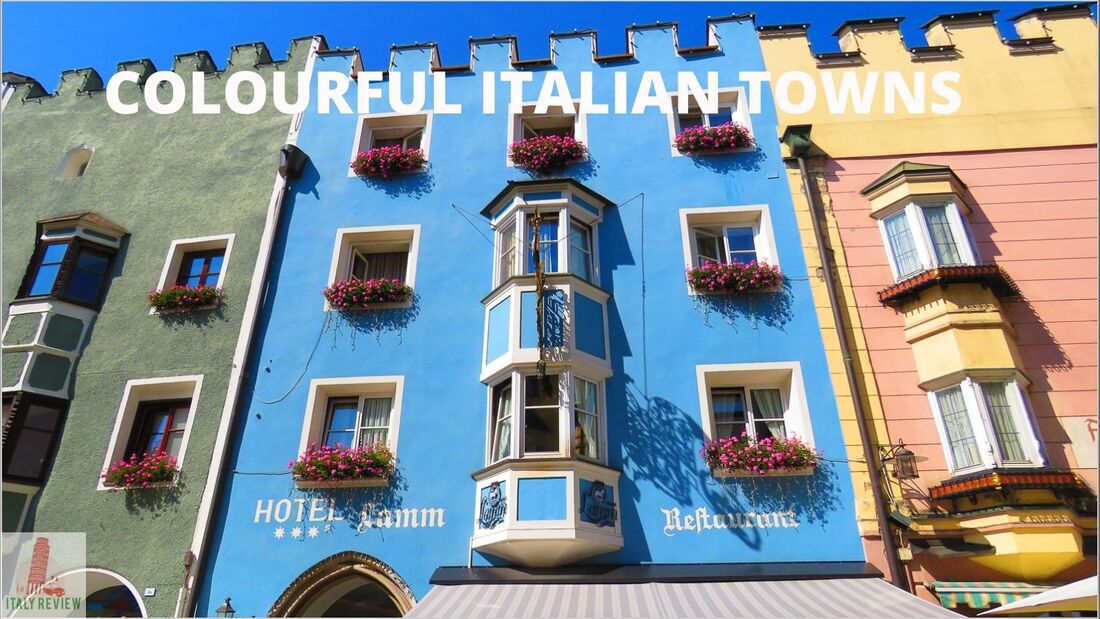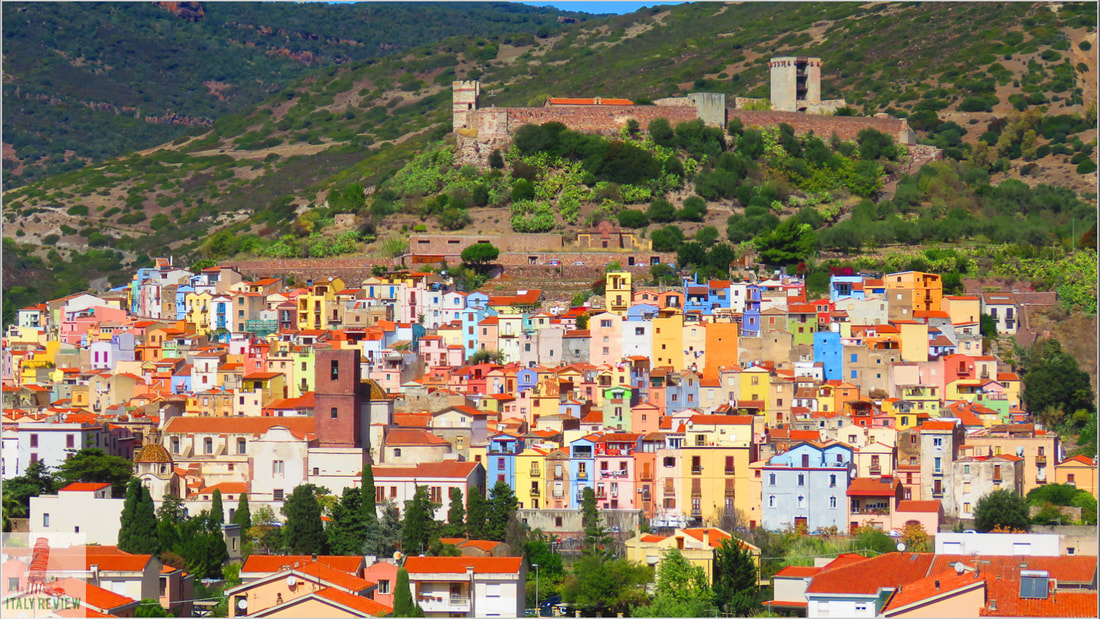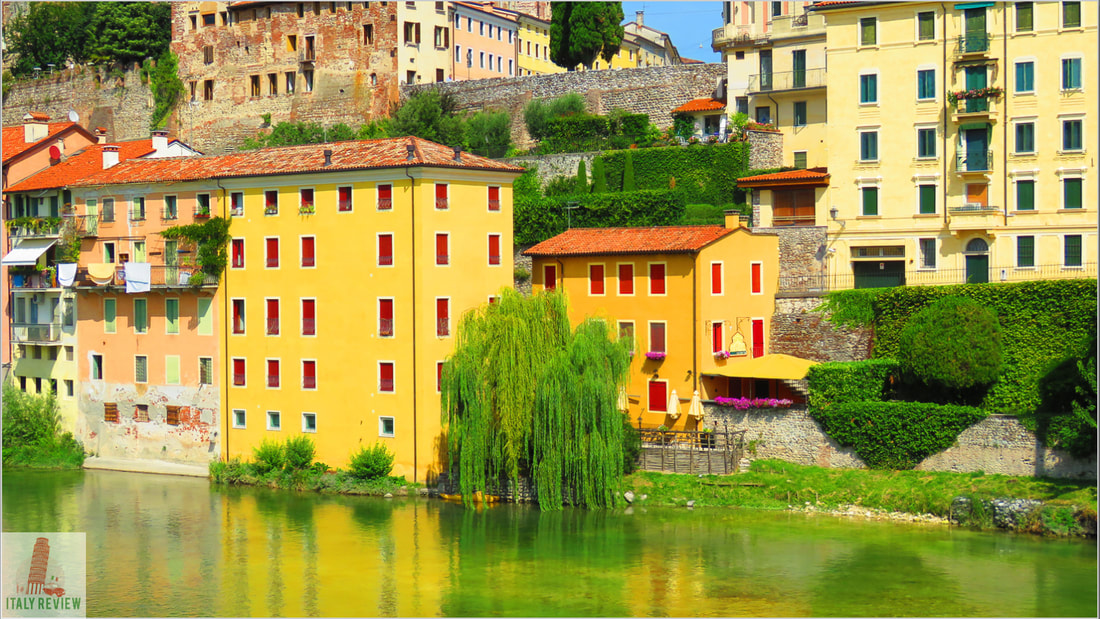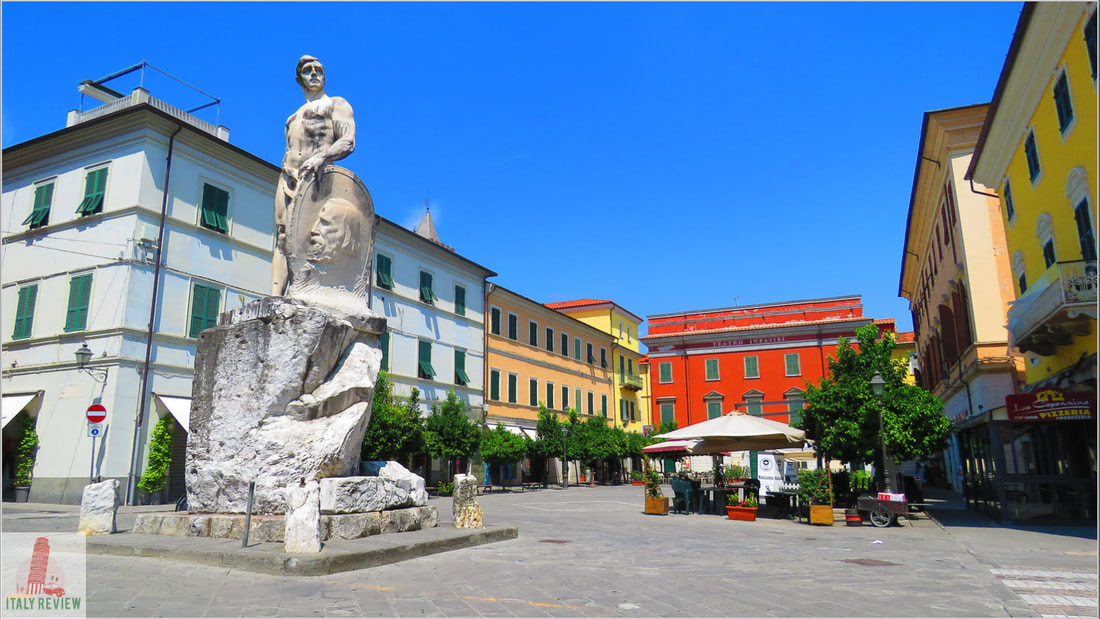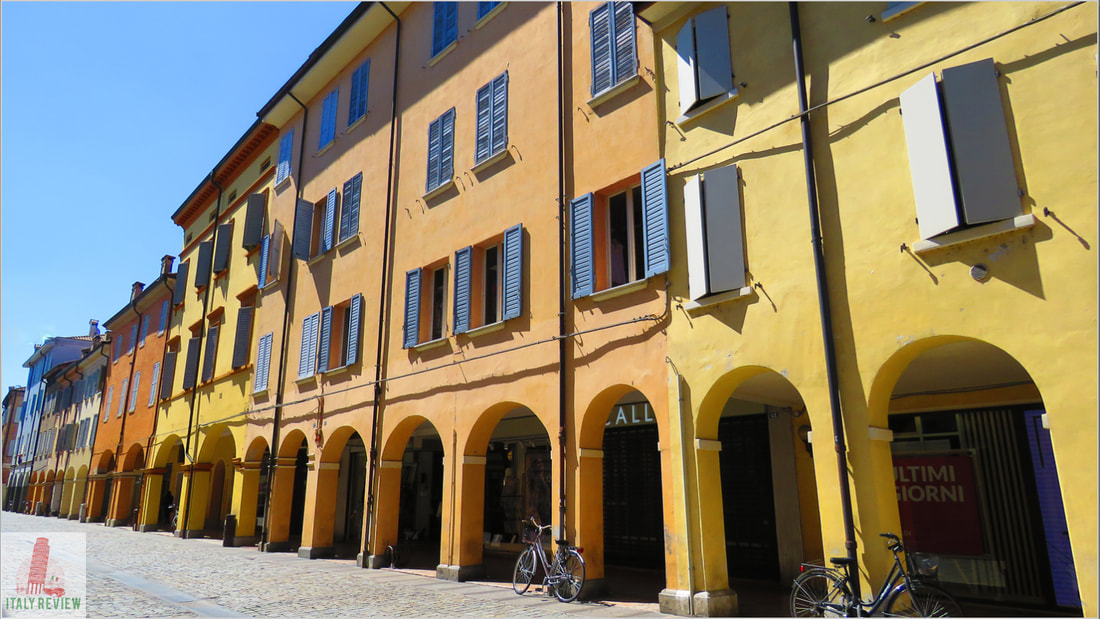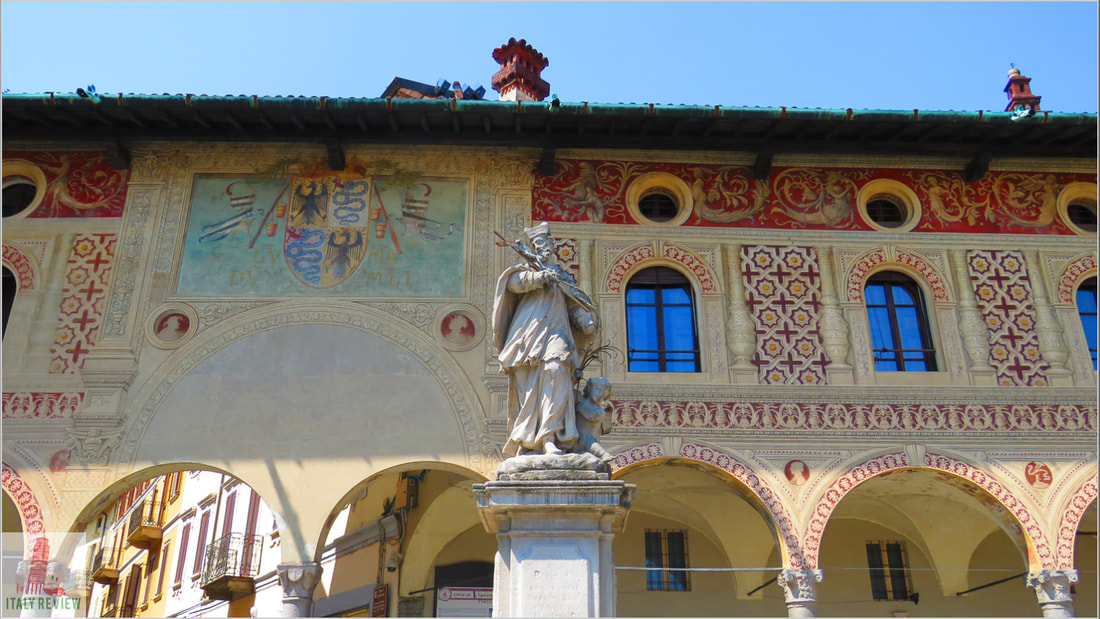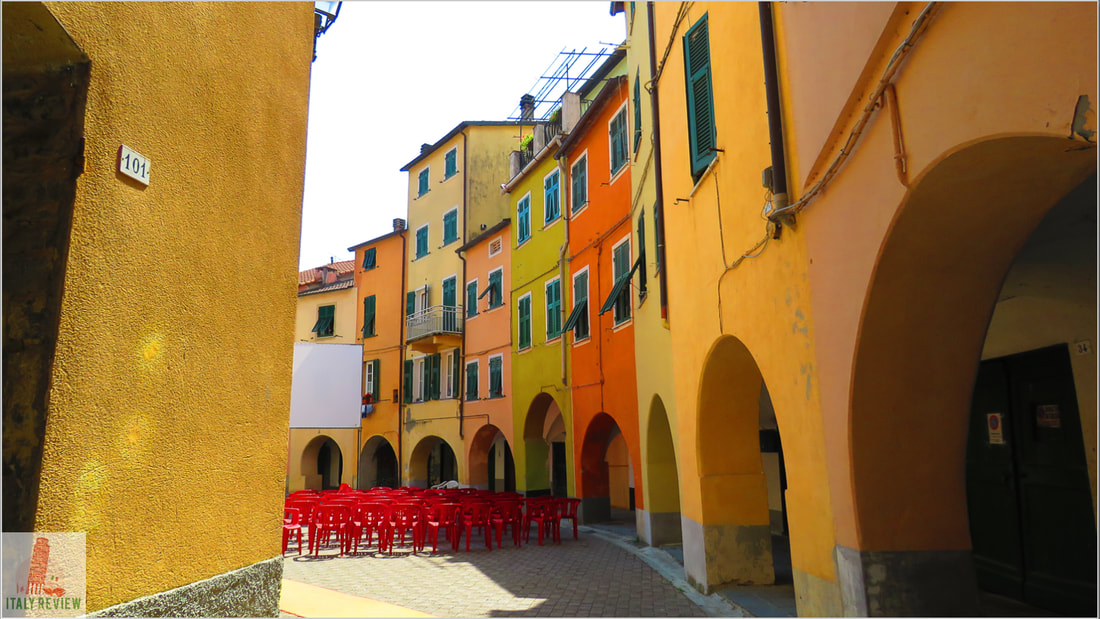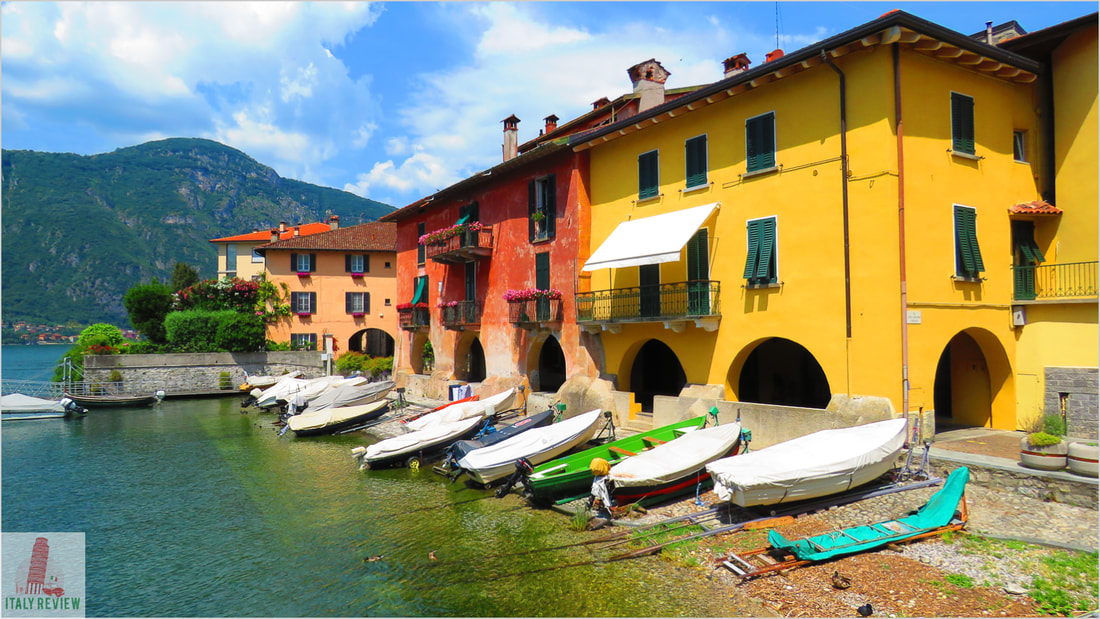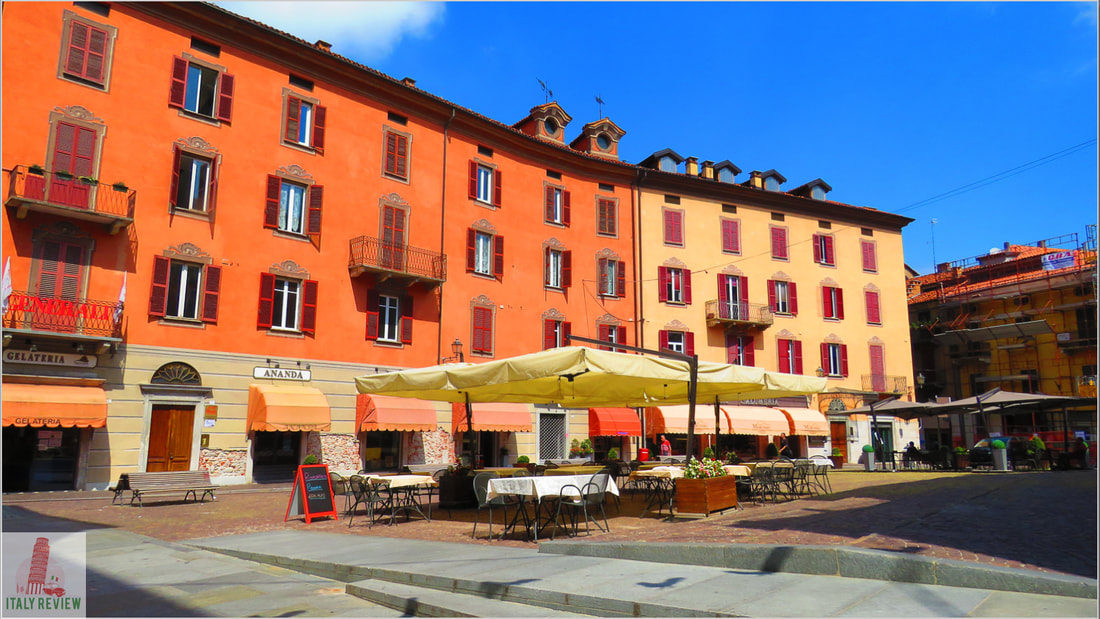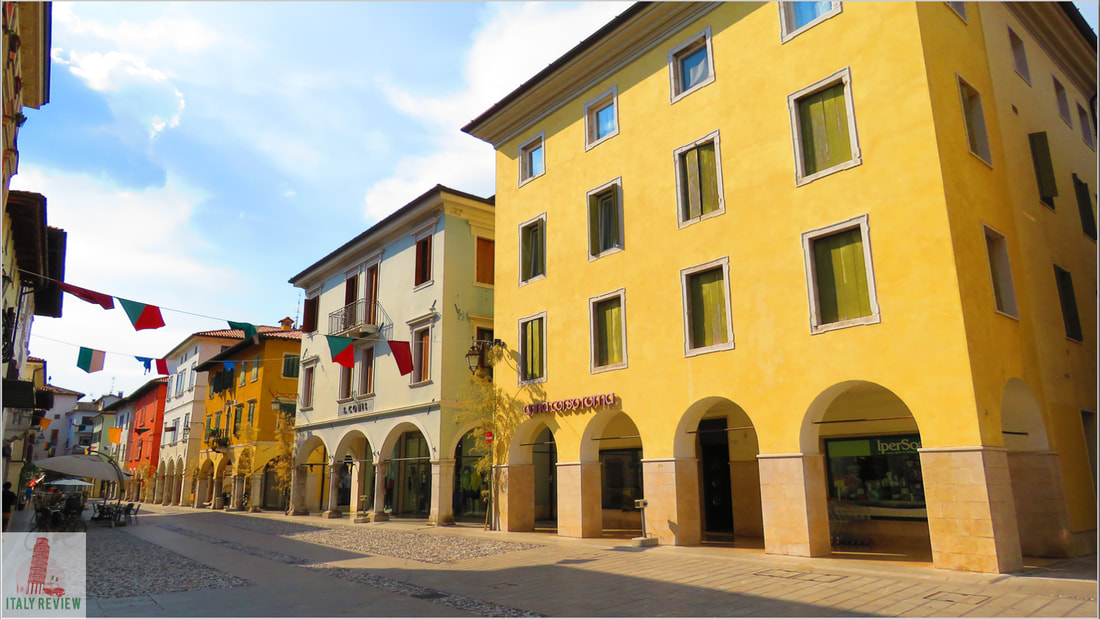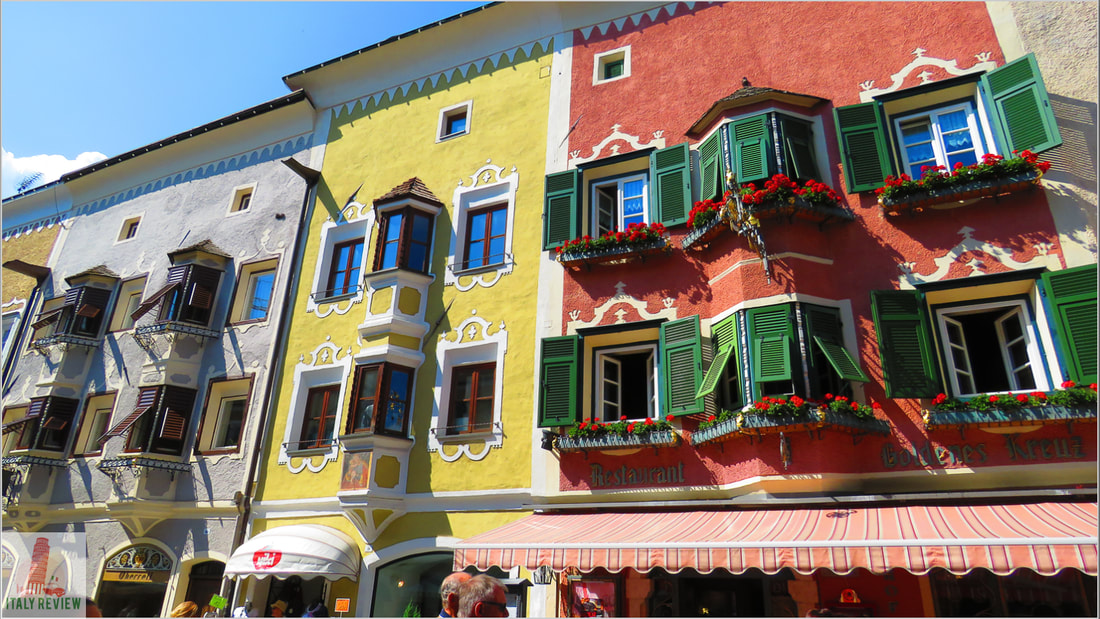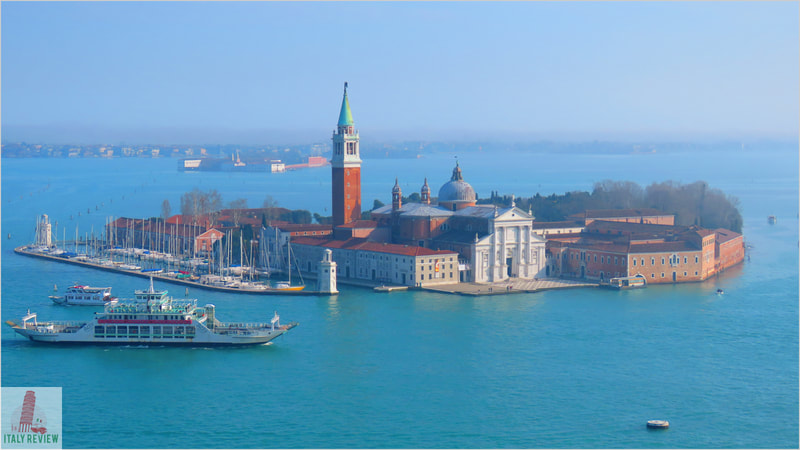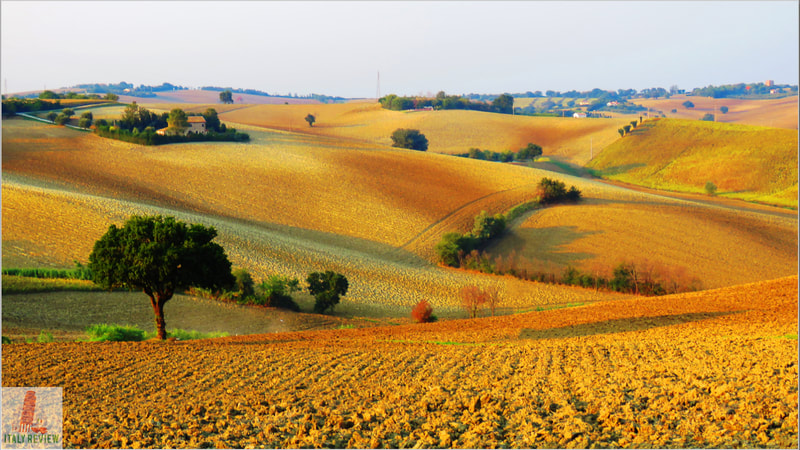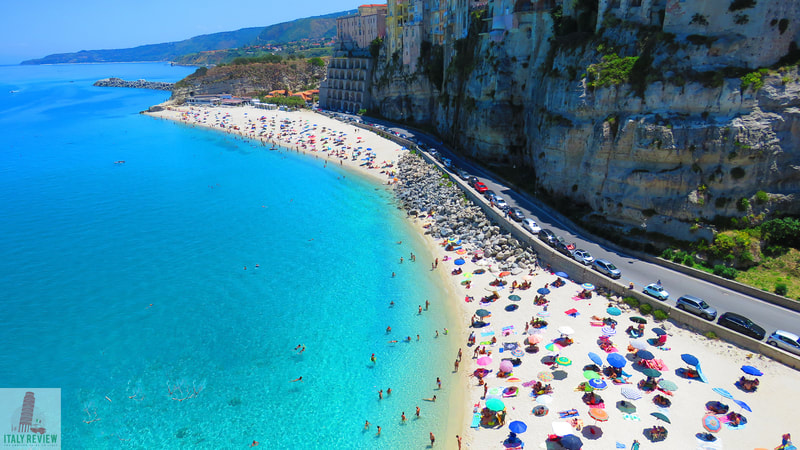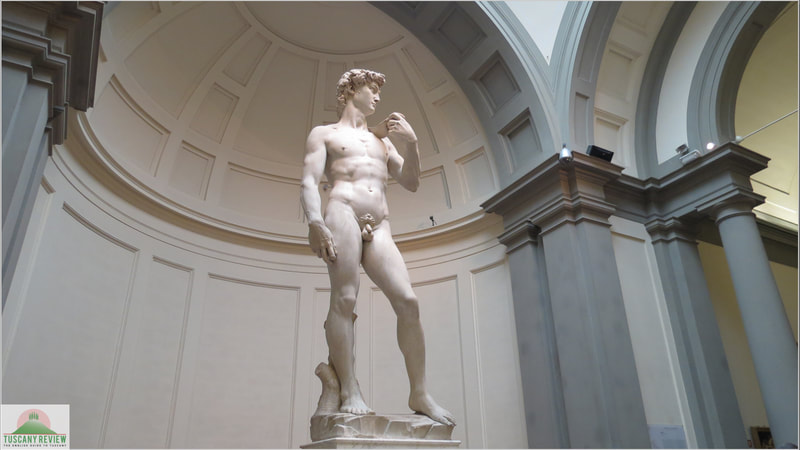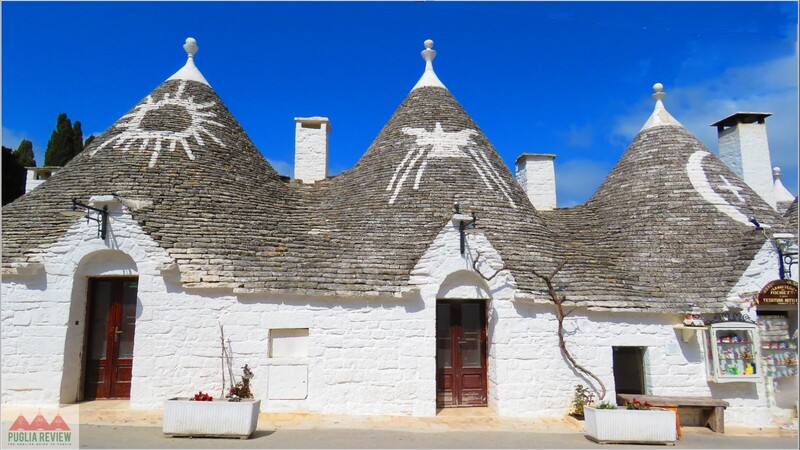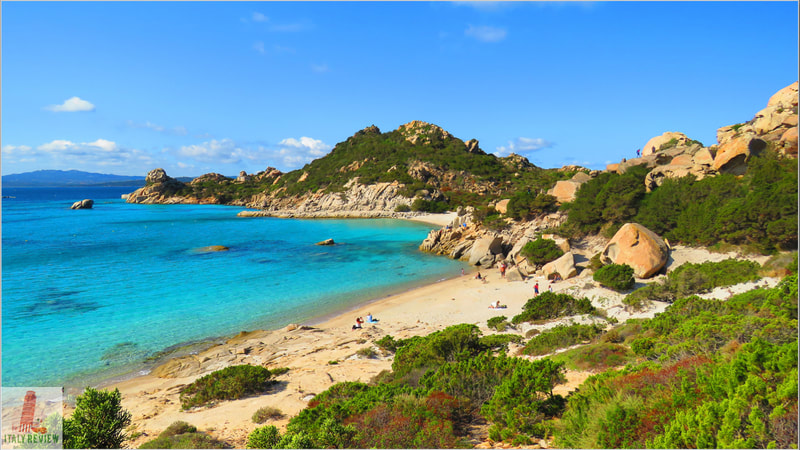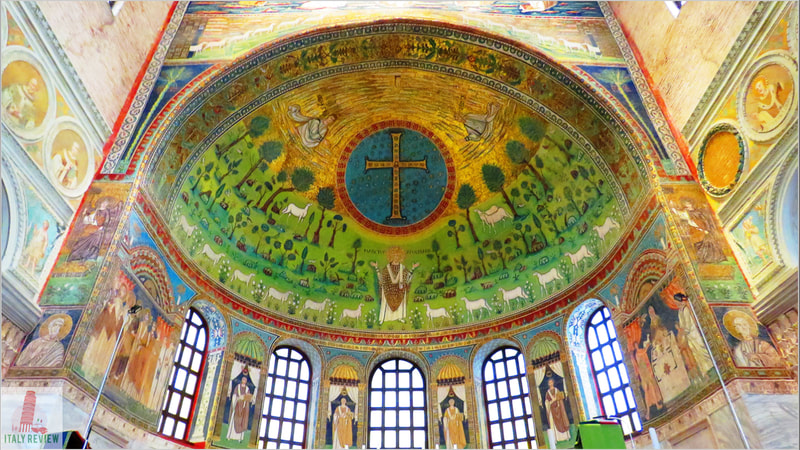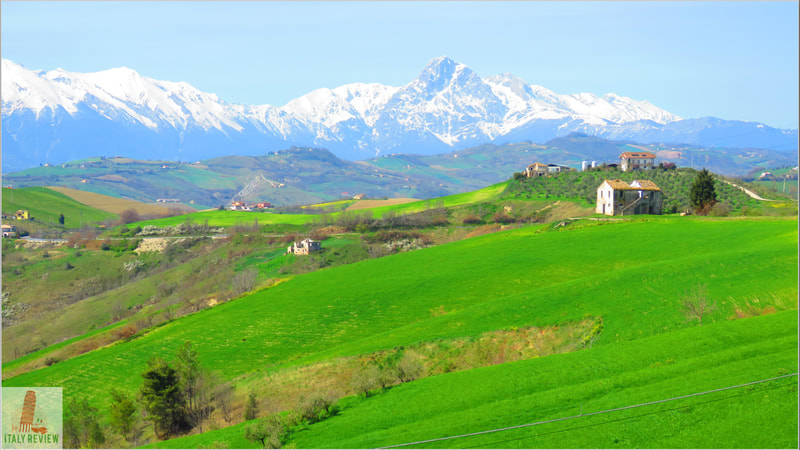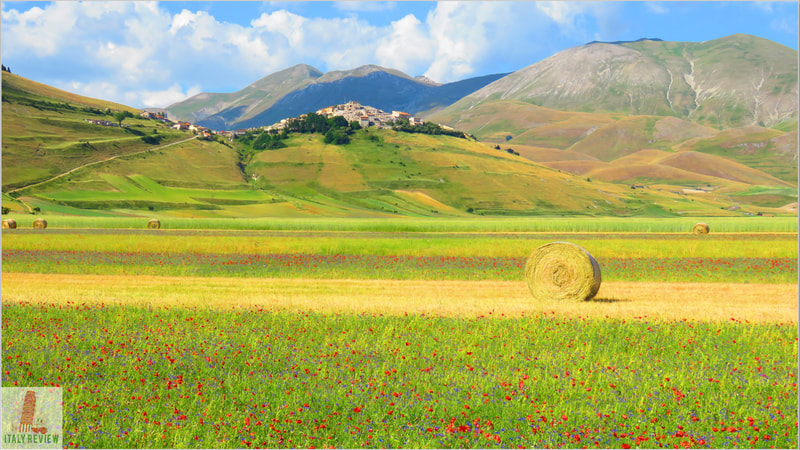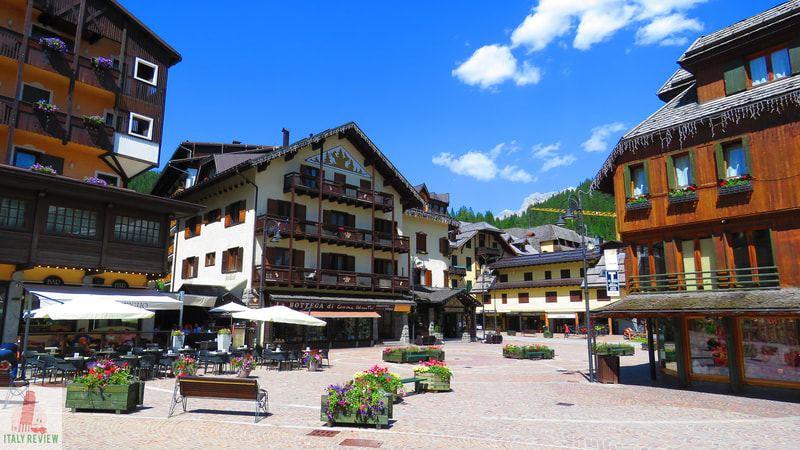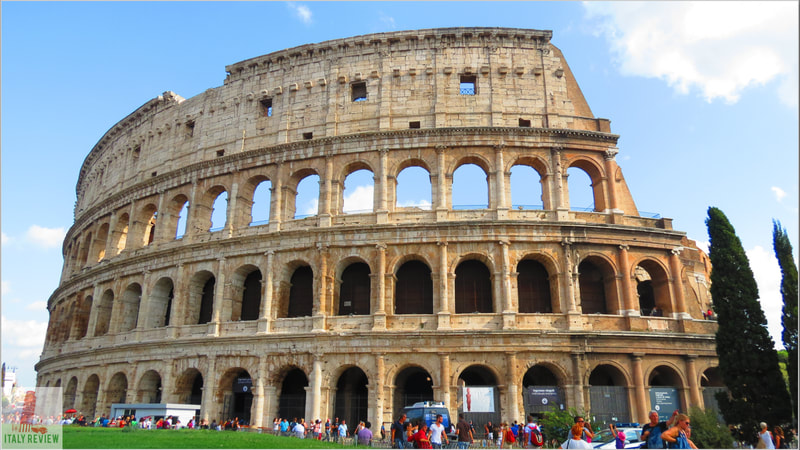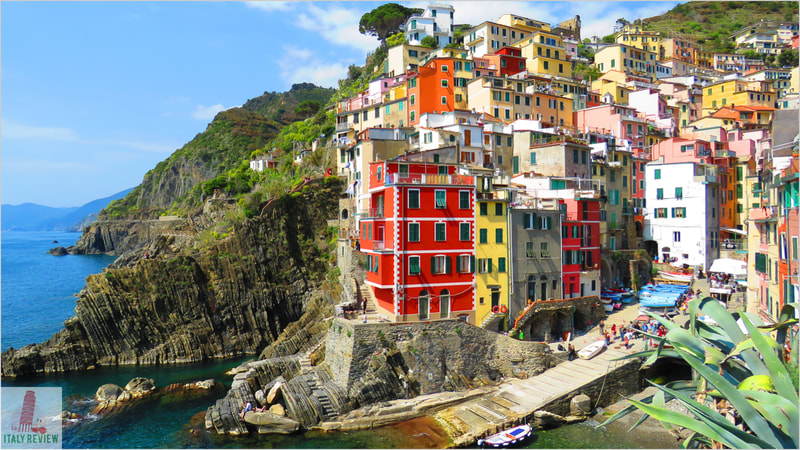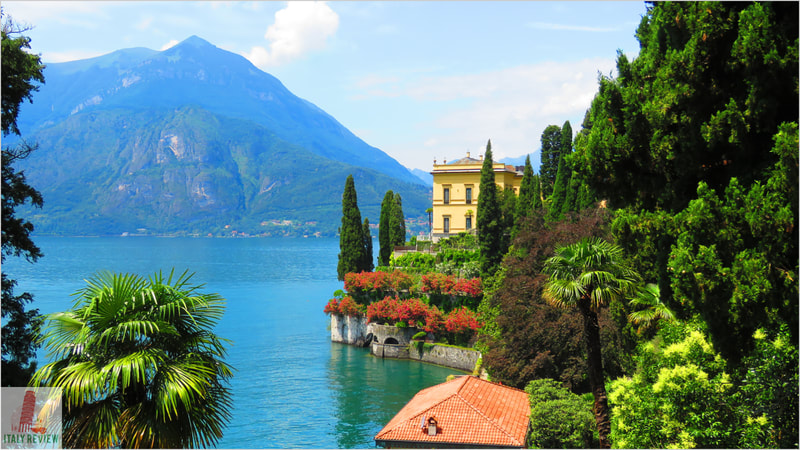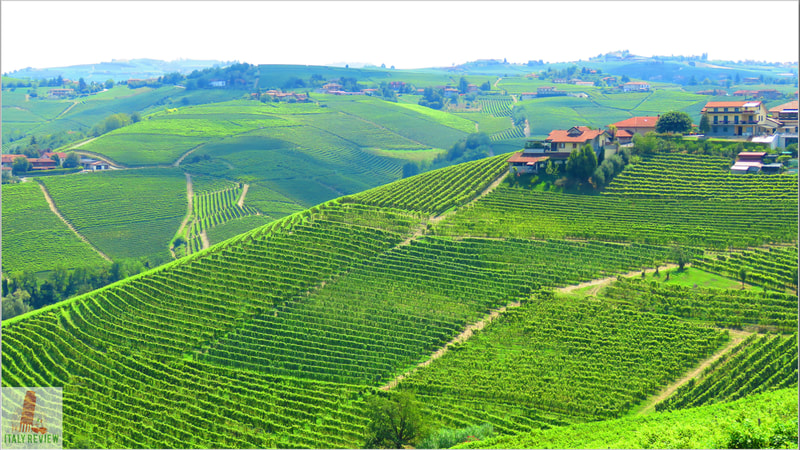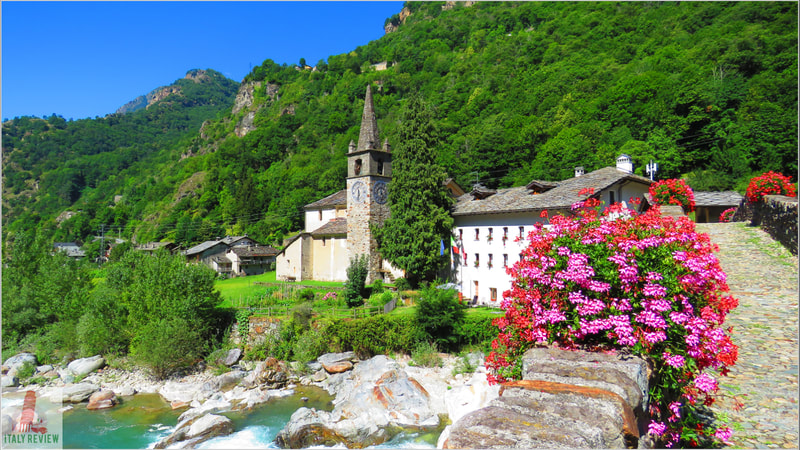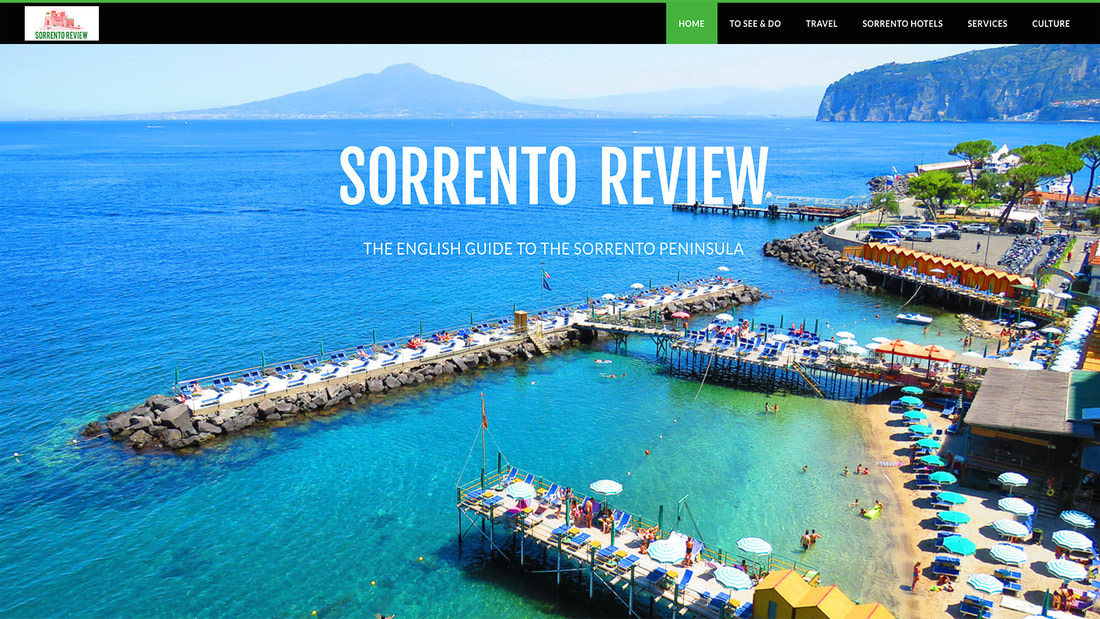Colourful Italian Towns
|
By Dion Protani
|
Latest update: 30 December 2023
|
|
As you start to explore Italy, you find more and more that the country is full of colour. In fact it comes at you from every direction, whether it be the changing faces of the natural landscapes through the seasons, the dazzling turquoise shades of the sea, or in some of the smaller towns such as these.
This collection of colourful Italian towns comes from all corners of the country. During the summer, the cobalt blue skies are the backdrop and the bright sunshine does the rest. Beautiful historic buildings are painted in different colours to those either side of them or decorated with frescoes and trompe-l'oeil designs which can either provide a harmonious effect or serve to trick the eye. |
Related links
Bosa
We'll see colour feature heavily throughout this list but nowhere is more colourful than the town of Bosa in Sardinia. The town rises up a hill looking down on to a river and the effect of the myriad of colours is quite astonishing.
There are few places in the world that can match the town of Bosa when it comes to colour. The variety of pastel-shades of the town's buildings offer a beautiful backdrop against its historic riverside.

